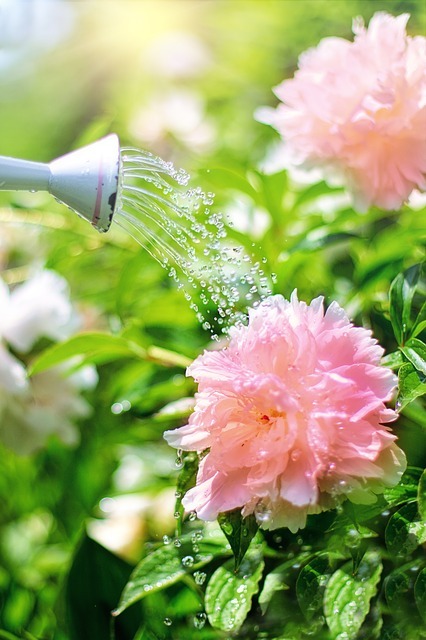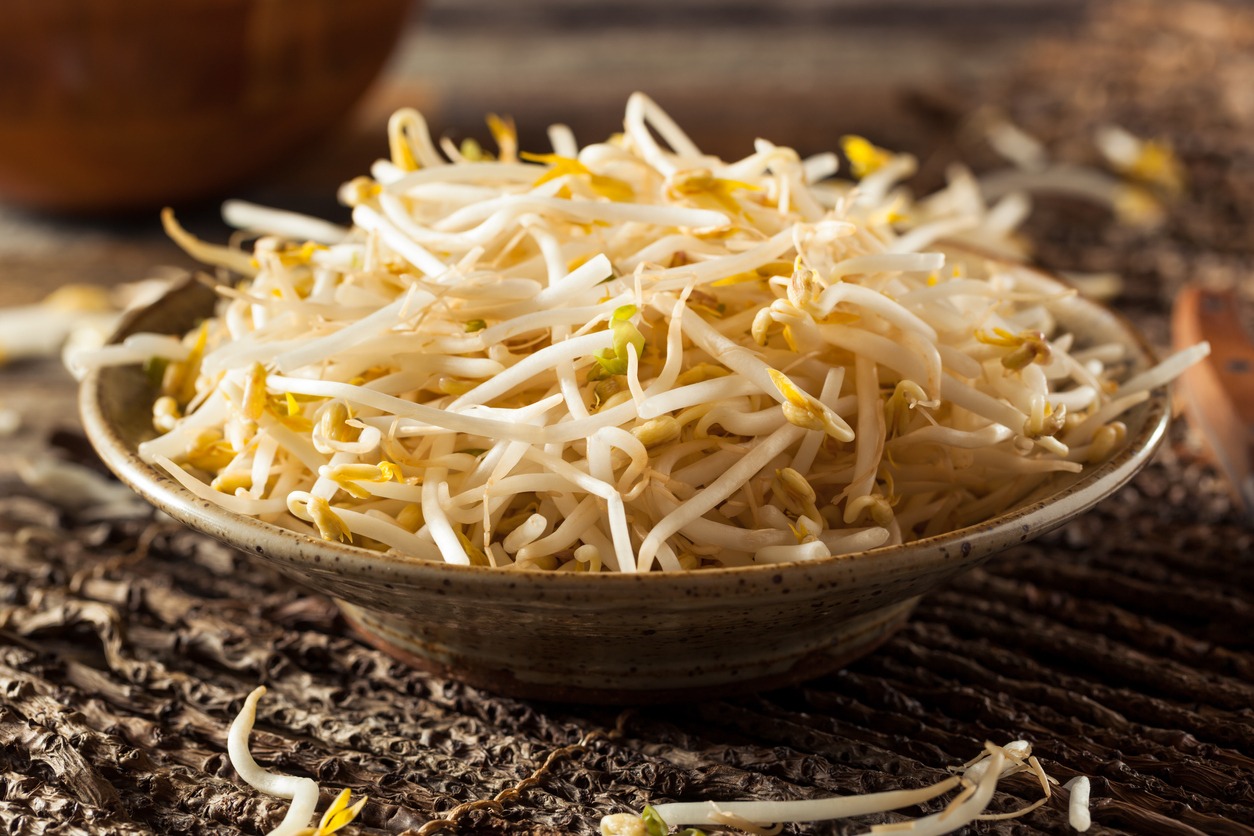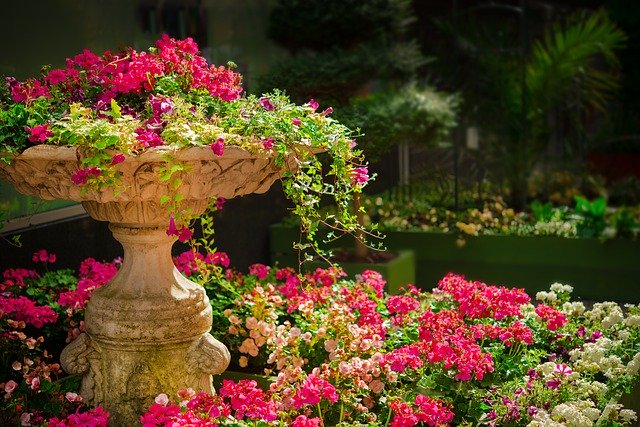Finding and Growing Unusual Herbs for a Unique Homestead Garden
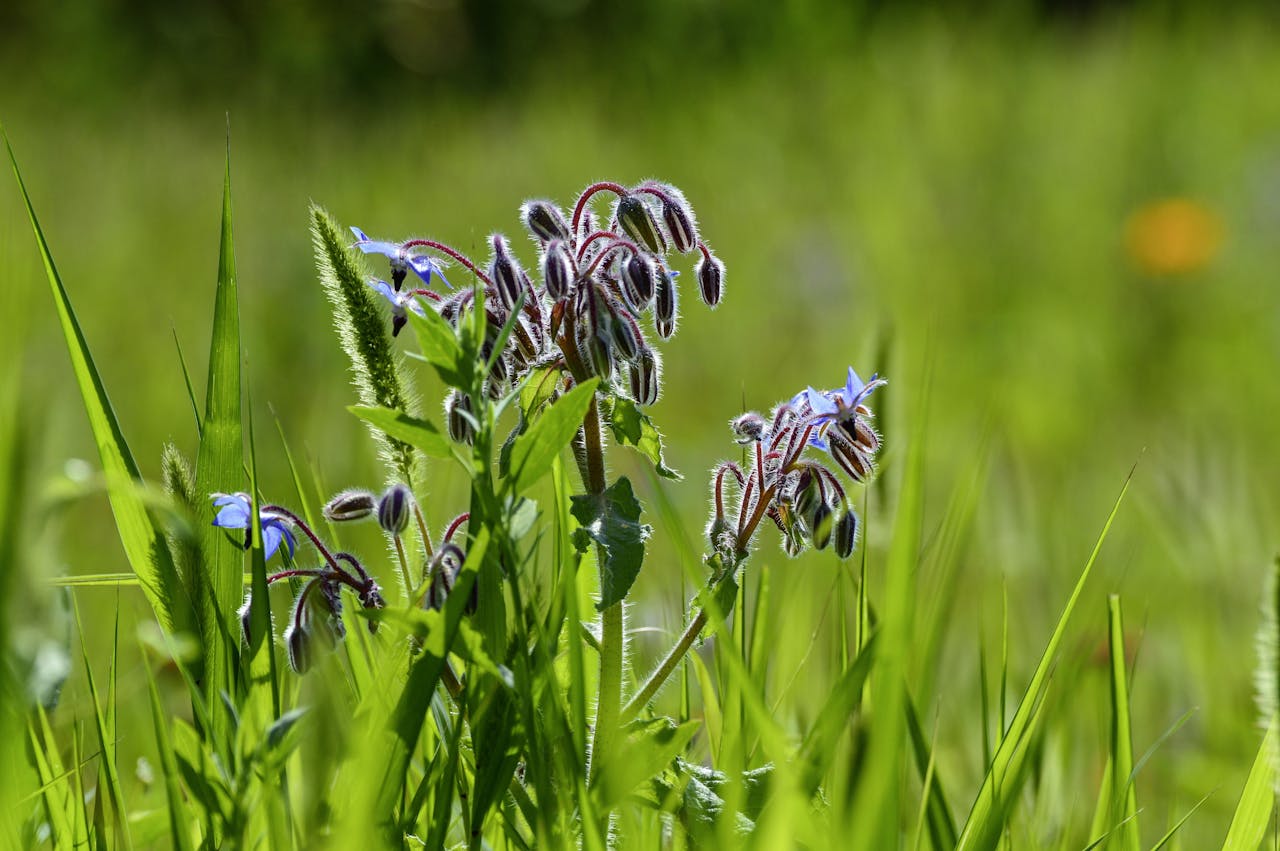
Imagine stepping into your garden and discovering a vibrant mix of colors, scents, and flavors unlike anything found in the standard supermarket herb aisle. Growing unusual herbs isn’t just about cultivating plants—it’s about creating a garden that’s as unique as you are. Whether you’re drawn to the culinary adventure, natural remedies, or simply the aesthetic beauty of rare herbs, adding these plants to your homestead garden opens up a world of possibilities. This guide will walk you through everything you need to know, from selecting the right herbs to propagating them for years to come. Let’s get started on crafting a truly distinctive garden.
Exploring Lesser-Known Herb Varieties
The world of herbs extends far beyond the usual basil, parsley, or mint. Exploring lesser-known varieties adds character to your garden and brings fresh inspiration to your cooking and home remedies. Here’s a closer look at some unique herbs you should consider:
- Borage: Known as the "bee’s best friend," borage not only attracts pollinators but also adds a refreshing cucumber-like flavor to salads and beverages. Its star-shaped blue flowers are a visual treat and can be candied or used as garnishes for desserts.
- Summer Savory: This herb offers a mild, peppery flavor that’s perfect for seasoning meat dishes, stews, and even roasted vegetables. Compared to its winter counterpart, it’s more delicate, making it a great choice for warmer climates.
- Lovage: If you love the taste of celery but want something more robust, lovage is your answer. Its leaves stems, and even seeds can be used in soups, stocks, and baked goods, offering a complex flavor profile with hints of parsley and anise.
- Chervil: Often overlooked, chervil adds a subtle, sophisticated anise flavor to dishes. It’s perfect for blending into dressings, sprinkling over soups, or folding into scrambled eggs for a gourmet twist.
- Angelica: Tall and graceful, angelica is as ornamental as it is functional. Its sweet, licorice-like taste makes it an excellent addition to teas, liqueurs, or candied treats.
- Purple Shiso: Vibrant and versatile, this herb is a favorite in Japanese cuisine. Its unique minty-citrusy flavor pairs well with sushi, pickled vegetables, and even fruit salads.
The beauty of growing these herbs lies in the diversity they bring. Each one adds something special, whether it’s a pop of color in your garden, a new flavor in your kitchen, or a touch of elegance in your home remedies.
Sourcing Uncommon Herb Seeds
Finding seeds for rare herbs can be an adventure, but it’s also an opportunity to connect with gardening enthusiasts and discover new resources. Here’s how to source seeds for your unusual herb collection:
- Specialized Online Retailers: Websites like Strictly Medicinal Seeds or Crimson Sage Nursery specialize in offering rare and heirloom varieties. These stores often include detailed descriptions and growing instructions, helping you select the best herbs for your climate.
- Local Botanical Gardens: Many botanical gardens sell seeds or small plants during seasonal sales. These plants are often well-suited to your local environment and may include hard-to-find native varieties.
- Seed Exchanges: Joining gardening forums or attending local seed swaps can introduce you to rare varieties that other gardeners in your area are growing successfully. Plus, exchanging seeds is a great way to build community connections.
- Farmers’ Markets: Keep an eye out for vendors who sell unique herbs or heirloom plants. You may discover something unexpected, like a regional specialty or a plant with a fascinating history.
When purchasing seeds, research the specific requirements for each herb. Some may thrive in your garden’s conditions, while others might need extra care. Always check germination instructions to maximize your success rate.
Preparing Your Garden Space
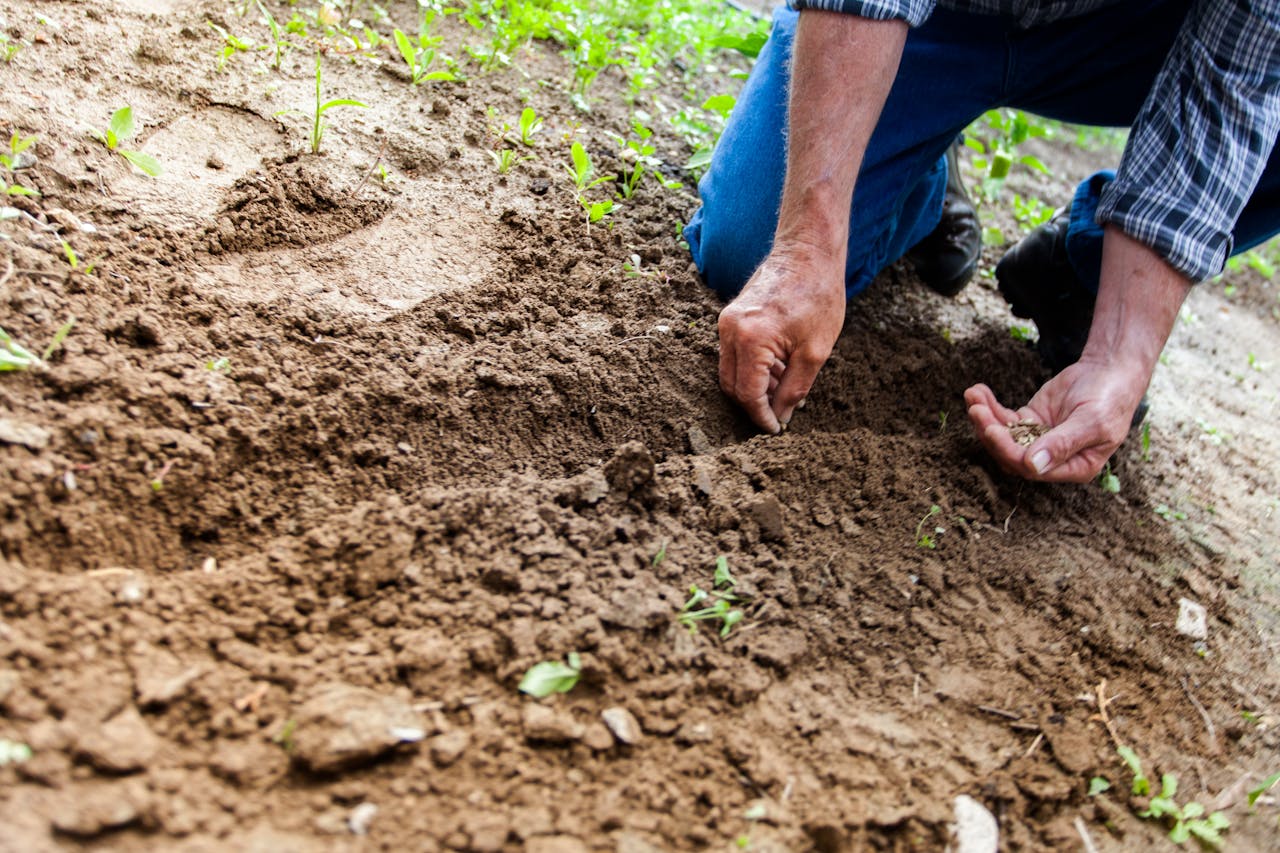
Creating the right environment for your unusual herbs is essential for their growth and vitality. A well-prepared garden space doesn’t just set the stage for healthy plants; it also makes your gardening experience more enjoyable.
1. Choosing the Right Spot: Most herbs thrive in full sunlight, so select a location that receives 6–8 hours of sunlight daily. If your space is limited, consider using containers or raised beds that you can move to maximize sun exposure.
2. Improving Soil Quality:
- Amend your soil with organic matter like compost or aged manure to boost fertility.
- Test your soil pH and adjust it to suit your herbs. Most unusual herbs prefer a pH between 6.0 and 7.0.
- For herbs that require excellent drainage, consider adding sand or grit to your soil mix.
3. Designing Your Garden Layout:
- Group herbs with similar watering and light needs together for ease of care.
- Use taller herbs like lovage as a backdrop and low-growing ones like chervil at the front for visual balance.
- Incorporate pathways or stepping stones to make maintenance easy and to add charm to your garden.
A little extra effort in planning and preparation goes a long way toward ensuring your herbs thrive.
Planting Techniques for Unusual Herbs
Each unusual herb comes with its own quirks, so tailoring your planting techniques is key. Here are a few tips to get your garden started:
- Cold Stratification: Some herbs, such as angelica, require a period of cold to mimic winter conditions before germinating. This can be done by placing seeds in moist soil in the refrigerator for a few weeks before planting.
- Spacing: Herbs like borage and lovage can grow quite large, so give them plenty of room to spread. Proper spacing also prevents overcrowding and improves airflow, reducing the risk of disease.
- Companion Planting: Pair herbs with plants that complement their growth habits. For instance, borage can deter pests and boost pollination when planted near tomatoes or squash.
By taking these steps, you’re not just planting herbs—you’re setting them up for success.
Nurturing Rare Herb Seedlings
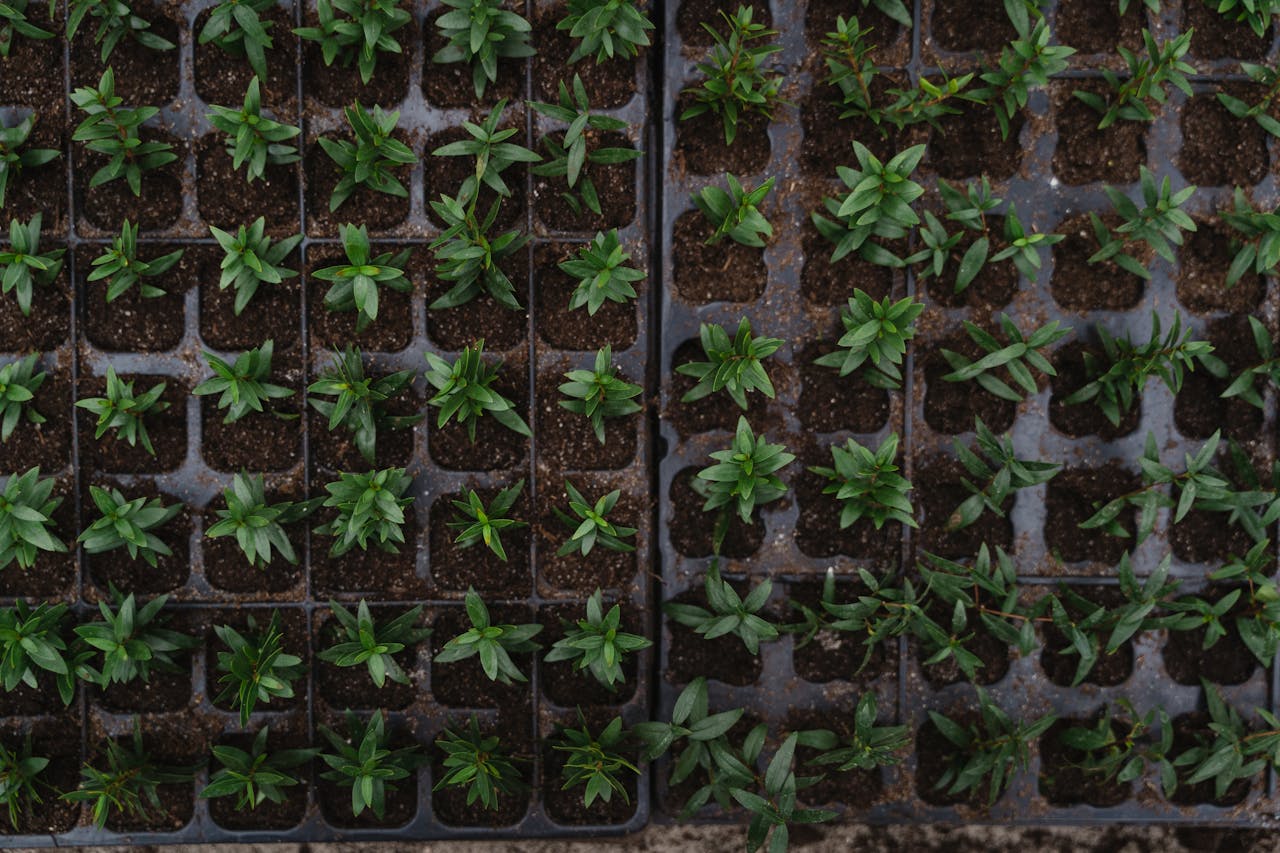
The seedling stage is one of the most delicate phases of a plant’s life, and it’s where attentive care can make all the difference. Follow these steps to ensure your herbs thrive:
- Provide Ample Light: Seedlings need at least 14 hours of light per day. If natural sunlight is insufficient, invest in grow lights to give them the boost they need.
- Water Wisely: Keep the soil consistently moist but not waterlogged. Use a fine mist spray to avoid disturbing fragile roots.
- Harden Off Gradually: Before transplanting seedlings outdoors, acclimate them to the environment by gradually increasing their exposure to sunlight, wind, and temperature changes over a week or more.
Harvesting and Using Unique Herbs
Harvesting is one of the most rewarding aspects of gardening. To make the most of your unusual herbs:
When to Harvest:
The best time to pick herbs is in the morning after the dew has dried but before the sun’s heat diminishes their essential oils.
How to Use Them:
- Culinary: Fresh borage flowers add beauty to salads, while purple shiso leaves enhance sushi and rice dishes.
- Medicinal: Brew angelica or marshmallow root teas to soothe ailments naturally.
- Crafting: Use dried herbs like lovage for wreaths or experiment with shiso as a natural dye.
Preserve herbs by drying, freezing, or infusing them in oils or vinegar for long-term use.
Propagating Uncommon Herbs
Want more of your favorite herbs? Propagation techniques can help you expand your collection without buying new plants:
- Cuttings: Take stem cuttings from woody herbs like rosemary and root them in water or soil.
- Division: Split established clumps of herbs like chives or lemon balm to create new plants.
- Seed Collection: Save seeds from healthy plants to replant next season or share with friends.
Propagation isn’t just cost-effective—it’s also a wonderful way to deepen your connection with the plants you grow.
Troubleshooting Common Challenges
Even experienced gardeners face challenges with unusual herbs. Here are some solutions:
- Poor Germination: Ensure seeds are fresh and follow any special germination requirements, like soaking or stratification.
- Pests: Combat aphids, caterpillars, or whiteflies with natural solutions like neem oil or introducing beneficial insects.
- Climate Issues: Use mulch to retain moisture in hot climates or frost blankets to protect delicate herbs during cold spells.
With patience and persistence, most problems can be overcome, leaving you with a thriving garden.
Conclusion
Growing unusual herbs is more than just gardening—it’s a journey of discovery and creativity. Whether you’re adding vibrant flavors to your kitchen, crafting natural remedies, or simply enjoying the beauty of rare plants, these herbs enrich your homestead in countless ways. So, dive into the adventure of cultivating something extraordinary, and don’t forget to share the joys and lessons of your journey with fellow gardeners. Your unique herb garden awaits!


